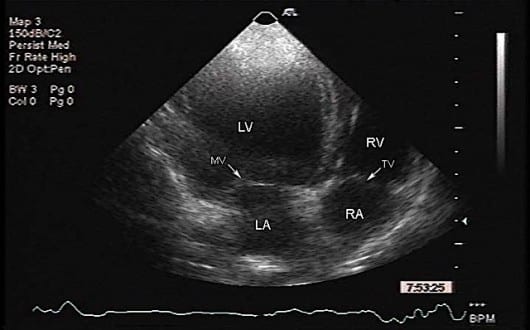“My chest hurts severely and the pounding of my heart is relentless,” exclaimed a woman of forty whom I met in the emergency department. She proceeded to describe how she also felt fever and burning throughout her body, along with weakness of her legs and sensations of her head spinning. On exam, I indeed heard extraordinarily loud heart sounds, but I also found her ribs painful on palpation and her thyroid gland to be large and tender.
Can I make a reasonable diagnosis from this information? First let me analyze the factors confounding such a proposition, factors that ubiquitously challenge healthcare professionals working in low-resource, cross-cultural settings:
- Language barrier – We both speak Portuguese quite well. But I have not been immersed in the language for a year, and some of her words cause me to pause and contemplate her meaning.
- Cultural barrier – My understanding of illness is pathophysiological, cause and effect. Traditional Angola like this woman view illness as a result of spirit, curses, humors, failure to appease ancestors.
- Unfamiliar diseases – In this region cardiac problems a frequently due to rheumatic fever, tuberculosis, and obscure viral infections; diseases uncommon in my United States experience.
- Divergent health literacy – Angolan describe most all illnesses by using the words burning, irritating, weakness, and head spinning; words which have very different health meanings in North American English.
- Travel fatigue – I’m hardly over jet lag. How could I possibly think clearly?
- Few resources at best – In this locale, access to laboratory, imagine, consultants, and basic patient monitoring is severely limited. But we do have a portable ultrasound unit. In 30 seconds I identified normal cardiac valves, muscle, and pericardium. Finally, some objective data!
So in spite of the common limitations what was my diagnosis under stress? Hyperthyroidism, based mainly on her tachycardia, normal cardiac ultrasound, and tender, enlarged thyroid gland.

